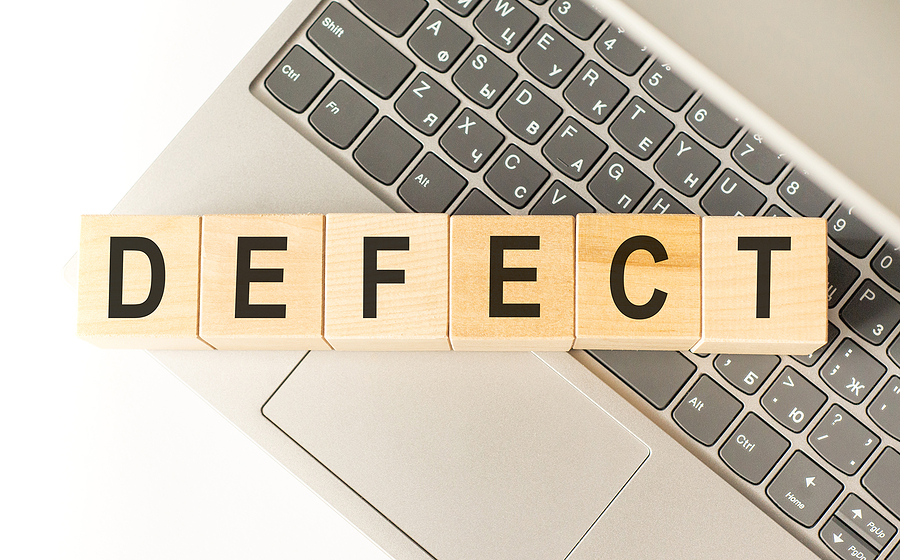What Do I Have To Prove In A Defective Product Case?
 Michael Babboni
Personal Injury
While manufacturers have a responsibility to make and market products that are safe for consumers, the responsibility when something goes wrong falls largely on the injured party. Your evidence is critically important in that kind of situation, and you will need to prove 4 different elements to build a solid defective product case. If one cannot prove all 4, even if they sufficiently verify 3 of the elements, they do not have a strong chance of winning their case.
Michael Babboni
Personal Injury
While manufacturers have a responsibility to make and market products that are safe for consumers, the responsibility when something goes wrong falls largely on the injured party. Your evidence is critically important in that kind of situation, and you will need to prove 4 different elements to build a solid defective product case. If one cannot prove all 4, even if they sufficiently verify 3 of the elements, they do not have a strong chance of winning their case.In order to get an excellent outcome, you must prove the following 4 elements in a defective product injury situation:
• Loss – First, the injured party or plaintiff must prove that their injury has created a loss. This means that if a product is defective but no loss has been suffered, then a lawsuit may not be successfully pursued.
The loss can involve monetary or physical loss due to the state and nature of the plaintiff’s injury. Documentation proving that loss is necessary, and it may involve proof of lost work wages, medical bills, or proof of property loss.
• The Defect Or A Failure To Warn – Next, the plaintiff will need to prove that a defect was present or that there was a failure to inform everyone about potential hazards. The injured party must have proof that the product was defectively manufactured or that there weren’t sufficient warnings to alert consumers of product risks.
For example, a space heater does not have a label with a clear warning to keep it away from flammable materials or turn it off after a certain period. If that product catches fire and the user gets injured, that person may pursue a lawsuit even if the product was manufactured without a defect.
• Proximate Cause – In proving proximate cause, the plaintiff will need to firmly establish that the product directly and immediately caused the accident at hand. In the case of a defect, the plaintiff has to submit evidence that the root cause of their injuries was only that particular defect and nothing else.
• Product Was Used As Intended – Lastly, the plaintiff should prove that the product was used safely, correctly, and as intended. If a product was used incorrectly, the person’s defective product case may not hold up successfully despite any defects present in the item.
For instance, if an individual uses a hair dryer to clear ice from their windshield and it begins to spark and eventually causes burns, the injured person may not have a case. While the product may be defective, they were not using it correctly and for its intended purpose.
What You Can Do To Strengthen Your Product Defect Case
As you can see, the responsibility rests on the plaintiff in most product defect cases. All manufacturers, regardless of the industry, should be creating safe and effective products in the first place. However, proving the case when something goes wrong with a product falls on the shoulders of the injured party.
The best thing you can do in a defective product case is to enlist the assistance of a skilled and experienced Florida personal injury attorney. They will walk you through your defective product case, help you gather as much evidence as possible, and make sure you prove all 4 elements of your defective product case in a strong and clear manner.
If you have been injured by a defective product, you are not alone in your fight. Call The St. Pete Lawyer today to find out how our skilled attorney can help you.
